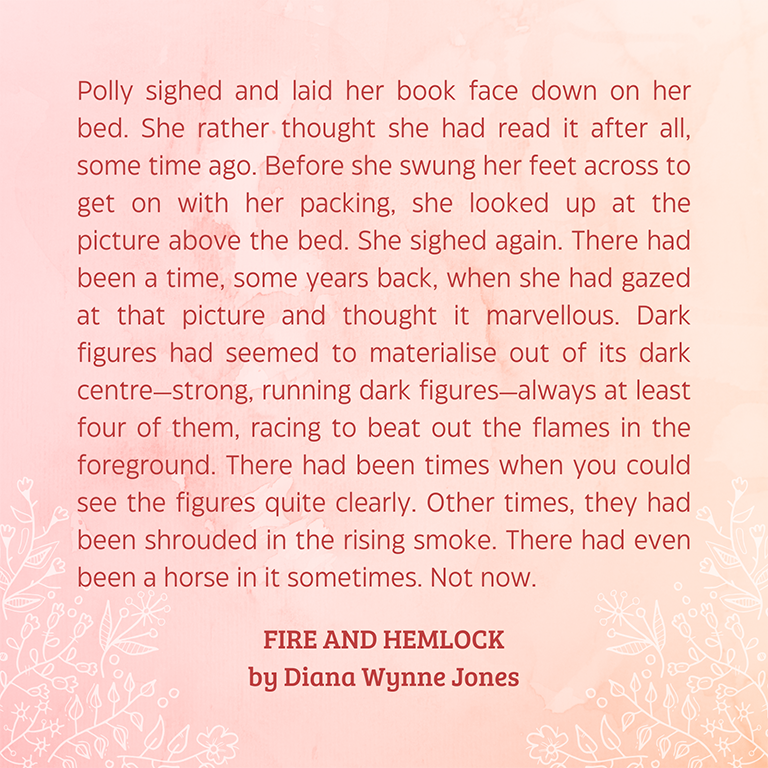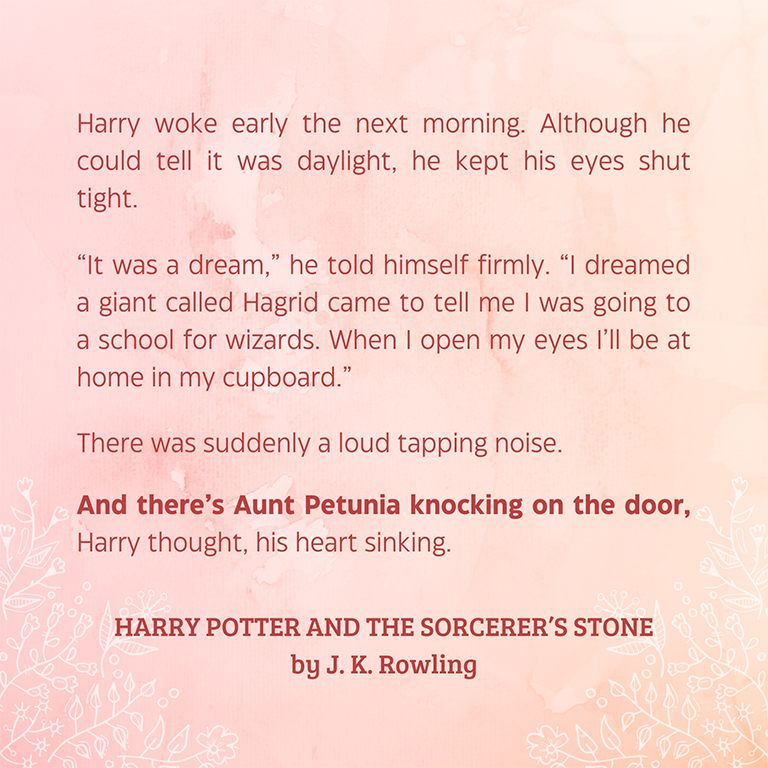Our final narrative variable is Omniscience with boundaries. Limited Omniscient Narration features a Narrator who is all-knowing and all-seeing, but only with regard to one or more designated Viewpoint Characters. If a Viewpoint Character is not present in a scene, the Limited Omniscient Narrator cannot recount it.
This creates a tight narrative with a high potential for Reader immersion. It allows the Reader to watch the plot unfold alongside the Viewpoint Character(s).
A Detail-oriented Mode
The “limited” boundary requires close attention to details. A strictly Limited Omniscient Narrator cannot reveal anything that the Viewpoint Character does not see, hear, or otherwise sense, even if it’s happening in their same vicinity. So, for example, if another character grimaces behind the Viewpoint Character’s back, the Narrator would have to break their Limited Omniscience to include that detail.
This limitation can leave plot threads open and questions unanswered, unless the Author introduces a narrative device for filling in gaps the Viewpoint Character cannot deduce. This is the case in Jane Austen’s EMMA, with Frank Churchill’s Wall-o’-text™ letter in Vol 3, Chapter 14. Rather than summarizing through Omniscient exposition, Austen allows Frank himself to explain his behavior and motivation.
In the best cases of Limited Omniscience, though, the gaps are part of the story experience. FIRE AND HEMLOCK by Diana Wynne Jones centers on a protagonist, Polly, who has a faulty memory.

The Limited Omniscient Narrator stays parallel to Polly’s perceptions as the book progresses, as she unravels the mysteries of her past and present. This allows her to skate through some questionable, often unsettling circumstances without narrative judgment. However, because Polly doesn’t fully understand the people or the magic she’s tangling with, the Narrator can’t explain it either.
And that’s part of the novel’s charm.
A Personable Narrative
I’m probably stating the obvious, but Limited Omniscience is the default setting for First Person Point of View. While it’s possible for this POV to couple with one of the three Narrative Os—Objectivity, Observation, and Omniscience—that requires extra craftsmanship.
(THE BOOK THIEF by Markus Zusak, for example, has an Omniscient and Observational First Person Narrator. But that’s what happens when you let Death tell your story.)
Second Person can be Limited Omniscient, but it trends more toward full Omniscience with a side of Observation, particularly in CYOA and RPG applications. When you’re reading Second Person, you typically want the Narrator to know more than you do.
Third Person POV is where Limited Omniscience truly shines. When these two variables combine, the Narrator has a sort of telepathic knowledge of the Viewpoint Character’s thoughts, intentions, and motivations. This allows for inner dialogue and opining while not forcing the Reader to reside entirely within said character’s head.
However, it also requires the Author to refrain from head-hopping. If the story lens widens to allow additional character thoughts without a chapter or scene break to signal the switch, the narration type tips over into full Omniscience.
A Magical Pattern
We find a solid example of Limited Omniscient Narration in the HARRY POTTER series by J.K. Rowling. Aside from the very first chapter, every other event is told from Harry’s perspective.

This Limited Omniscience even extends to the formula for the book titles: HARRY POTTER AND THE [IMPORTANT PLOT ELEMENT]. One might easily imagine how these stories would look different if told from the perspective of another character. For example, if Book 3 had centered on Hermione instead, it would feature far more time travel and sneaking around. As written, her adventures occur in the background until they intersect with Harry’s.
And this is by design. Limited Omniscient Narration is not merely concerned with the events of a story, but with how a particular character processes them. When honored, its boundaries result in a compelling and focused tale; when broken, the narrative becomes muddled.
- What are your favorite Limited Omniscient stories?
- Why might you choose to write in this narrative style?
Up next: The Scenic Method
Previous: Omniscient Narration
Index Page: Point of View
My favourite Third Person POV Limited Omniscient would probably be Arena by Karen Hancock, a sci-fi/fantasy metaphor for the Christian life.
My favourite First Person POV is definitely Namesake, by this excellent author named Kate Stradling, maybe you’ve heard of her? 😉
I’ll have to look up Karen Hancock! Thank you for the rec!
That Stradling person sounds shady, though 😀
I mean, she DID write that “Deception is a tool of the trade” for writers, so if that’s not shady, what is? XD
(from the Liar, Liar blog post series)
Comments are closed.